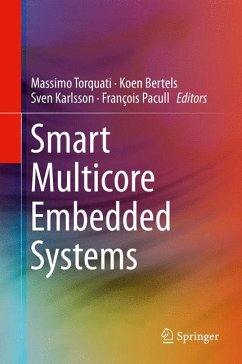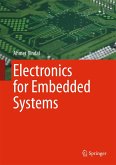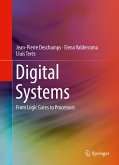This book provides a single-source reference to the state-of-the-art of high-level programming models and compilation tool-chains for embedded system platforms. The authors address challenges faced by programmers developing software to implement parallel applications in embedded systems, where very often they are forced to rewrite sequential programs into parallel software, taking into account all the low level features and peculiarities of the underlying platforms. Readers will benefit from these authors' approach, which takes into account both the application requirements and the platform specificities of various embedded systems from different industries. Parallel programming tool-chains are described that take as input parameters both the application and the platform model, then determine relevant transformations and mapping decisions on the concrete platform, minimizing user intervention and hiding the difficulties related to the correct and efficient use of memory hierarchy and low level code generation.
Dieser Download kann aus rechtlichen Gründen nur mit Rechnungsadresse in A, B, BG, CY, CZ, D, DK, EW, E, FIN, F, GR, HR, H, IRL, I, LT, L, LR, M, NL, PL, P, R, S, SLO, SK ausgeliefert werden.









